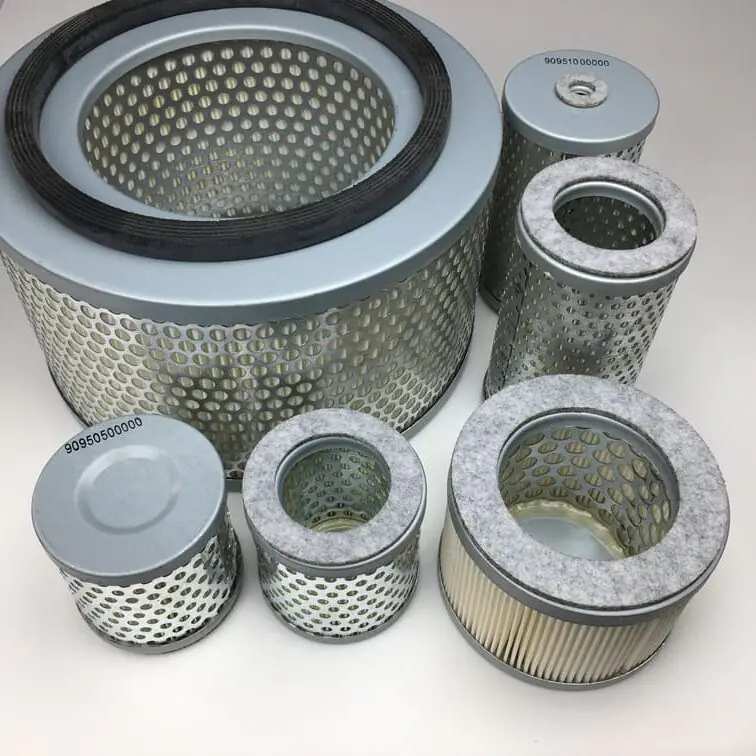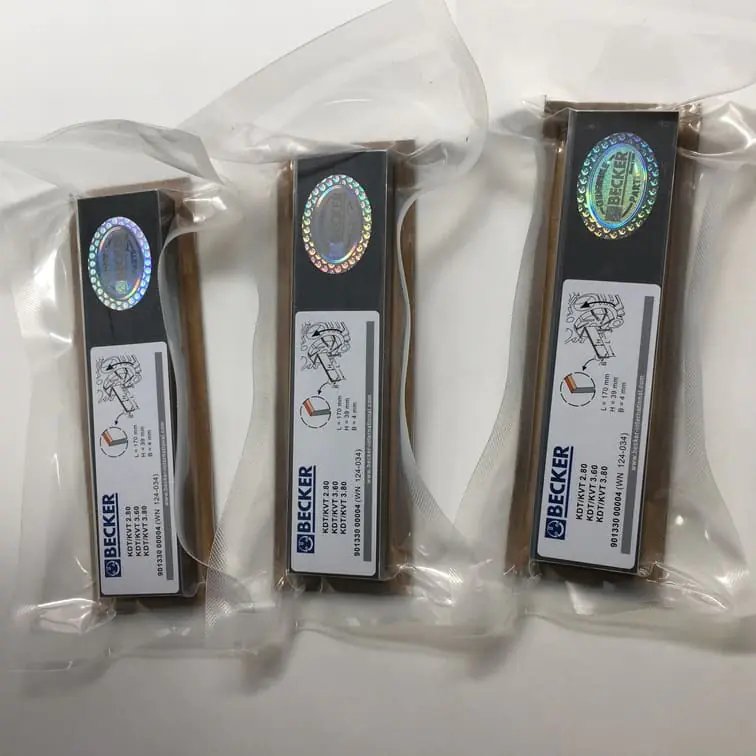How Long to Degas Wine with a Vacuum Pump?
Degassing wine is an essential step in the winemaking process, especially for ensuring the final product is smooth and free from unwanted carbon dioxide. One popular method for removing this trapped gas is using a vacuum pump. But exactly how long should you degas wine with a vacuum pump to achieve optimal results? In this guide, we will explore the ins and outs of wine degassing, explain the mechanics behind using a vacuum pump, and give you a clear understanding of the right duration and techniques.
What is Wine Degassing and Why Does it Matter?
Before diving into the specifics of how long it takes to degas wine, it’s essential to understand what degassing is and why it is crucial to the winemaking process. During fermentation, yeast converts sugars into alcohol, releasing carbon dioxide as a byproduct. This carbon dioxide gets trapped in the wine and if left unchecked, can result in a fizzy or carbonated wine that many winemakers are looking to avoid, especially in still wines.
Degassing helps ensure that all unwanted carbon dioxide is removed from the wine, providing a smooth texture and enhancing flavor. Vacuum degassing, which involves using a vacuum pump, is one of the most effective methods, allowing for the efficient release of gas without excessive agitation.
How Does a Vacuum Pump Work for Degassing?
A vacuum pump works by reducing the pressure above the liquid, causing dissolved gasses, like carbon dioxide, to be released from the wine. This process is similar to opening a bottle of carbonated drink—the pressure is reduced, and the gas escapes. By using a vacuum pump, winemakers can create a controlled environment to release all unwanted gasses while preserving the integrity of the wine.
Using a vacuum pump for degassing wine is also popular because it allows winemakers to work with less manual labor compared to stirring or shaking. This method can save both time and effort, especially for those dealing with larger batches.
Step-by-Step Guide to Using a Vacuum Pump for Degassing Wine
To achieve a consistent and clear product, it’s important to understand the correct process of using a vacuum pump for degassing wine. Below is a step-by-step guide to help you get started:
1. Prepare Your Equipment
Before starting, gather all your equipment, including your vacuum pump, a vacuum-safe carboy, and the necessary hoses. Make sure everything is sanitized to avoid contamination. A clean vacuum pump ensures that you won’t introduce any unwanted bacteria or off-flavors into your wine.
Checklist:
- Sanitized vacuum pump
- Wine carboy
- Vacuum-safe hose and stopper
2. Attach the Vacuum Pump
Carefully attach the vacuum hose to the stopper that fits your carboy. Ensure that the connection is tight, as any air leakage will affect the vacuum’s efficiency.
3. Begin Degassing
Turn on the vacuum pump and monitor the pressure gauge. Start slowly to avoid excessive foaming or overflow. Gradually build up the pressure to about 20-25 inHg (inches of mercury), which is usually sufficient to degas the wine efficiently.
How Long Does It Take?
The exact time it takes to degas wine using a vacuum pump will vary based on several factors such as:
- Volume of Wine: Larger volumes will take longer to degas than smaller volumes.
- Fermentation Temperature: Cold wine will hold onto carbon dioxide more tightly, taking longer to degas.
- Pump Strength: Stronger pumps will create a deeper vacuum faster.
Generally, it will take between 15 to 30 minutes of vacuum application to effectively degas a standard carboy of wine. It is essential to monitor the process and see when gas bubbles stop appearing. If bubbles continue to form, it means that more degassing is necessary.
4. Resting the Wine
Once degassing appears complete, turn off the pump and let the wine rest. If possible, let the wine settle for another 24 hours before bottling to ensure no residual carbon dioxide remains. This waiting period allows any remaining bubbles to naturally dissipate.
Factors Affecting the Degassing Time
Different elements affect how long you need to use the vacuum pump. Understanding these factors can help you determine the exact time needed for your specific batch.
1. Temperature
Temperature plays a significant role in the degassing process. Cold wine tends to hold onto carbon dioxide much more tightly. If the wine is too cold, it can be challenging to degas it effectively. Ideally, wine should be around 70°F (21°C) during degassing to maximize the efficiency of gas release.
Tip: Warmer wine degasses faster! If you are having trouble, consider letting your wine warm slightly before attempting to degas.
2. Wine Volume
The more wine you have, the longer it will take to degas. For a standard 6-gallon carboy, 15-30 minutes should suffice. For smaller batches, such as a gallon or less, it may only take 10-15 minutes to complete the process.
3. Equipment Quality
The quality of the vacuum pump also affects how long it takes. A pump with higher vacuum strength will naturally speed up the degassing process. Make sure that the pump you use is specifically designed for degassing wine and has the capability of pulling sufficient vacuum.
Signs that Your Wine is Fully Degassed
How do you know that your wine is fully degassed? Here are some signs to watch out for:
- No More Bubbles: When using a vacuum pump, bubbles will appear in the wine. When these stop, it usually indicates that most of the carbon dioxide has been removed.
- No Fizzing: After degassing, take a small sample of the wine. If you swirl it and it’s still fizzy, you may need more time.
- Pressure Stability: If the pressure gauge on the vacuum pump holds steady and does not show signs of dropping, it indicates that no additional gases are escaping from the wine.
Pros and Cons of Using a Vacuum Pump for Degassing
Pros:
- Efficiency: Using a vacuum pump is significantly faster than manual methods like stirring.
- Less Labor-Intensive: Unlike stirring, which requires physical effort, a vacuum pump does most of the work for you.
- Consistent Results: Vacuum degassing often leads to more consistent results across batches.
Cons:
- Cost: Quality vacuum pumps can be expensive compared to manual tools.
- Specialized Equipment: Not every winemaker will have access to vacuum-safe containers, which adds to the cost.
Alternatives to Vacuum Degassing
For those who do not own a vacuum pump, manual stirring tools or degassing rods are options to consider. These tools attach to a power drill and can help agitate the wine enough to release carbon dioxide, though they require much more effort and time compared to a vacuum pump.
FAQs
1. How often should I degas my wine during fermentation?
You typically only need to degas wine once, after the initial fermentation is complete. Degassing during active fermentation is not necessary, as the yeast will continue producing carbon dioxide.
2. Can I use a vacuum pump for other winemaking purposes?
Yes, vacuum pumps can also be used for racking and moving wine between containers without introducing oxygen.
3. What happens if I don’t degas my wine?
If not properly degassed, the wine will likely have an unpleasant fizz and may fail to age properly. It can also lead to cloudy wine if carbon dioxide traps other particles.
4. Is degassing more important for certain types of wine?
Yes, still wines must be degassed to ensure they are free from carbonation. Sparkling wines, on the other hand, are intentionally carbonated.
5. How do I know if my vacuum pump is working properly?
Ensure that the pump reaches 20-25 inHg during use and that bubbles continue to release from the wine. A lack of bubbles may indicate the pump is not creating a sufficient vacuum.
6. Can degassing affect the flavor of my wine?
Yes, degassing affects flavor by ensuring there is no carbonic bite, which can overshadow delicate flavor notes.
Conclusion
Degassing wine using a vacuum pump is an efficient way to ensure a smooth, high-quality product. Typically, it takes 15-30 minutes to completely degas a 6-gallon carboy, depending on factors such as wine temperature and pump strength. This method stands out because of its convenience, labor-saving benefits, and the quality of results it yields.
For any winemaker, understanding and properly executing the degassing process can be the difference between a mediocre and an exceptional wine. Whether you are a hobbyist or an experienced vintner, investing in a vacuum pump can make the process far more manageable and consistent.
If you’re looking for more information on vacuum pumps, accessories, or other winemaking tools, check out our resources at VacuumPumpPart.com. Proper tools make all the difference in the pursuit of the perfect wine!




